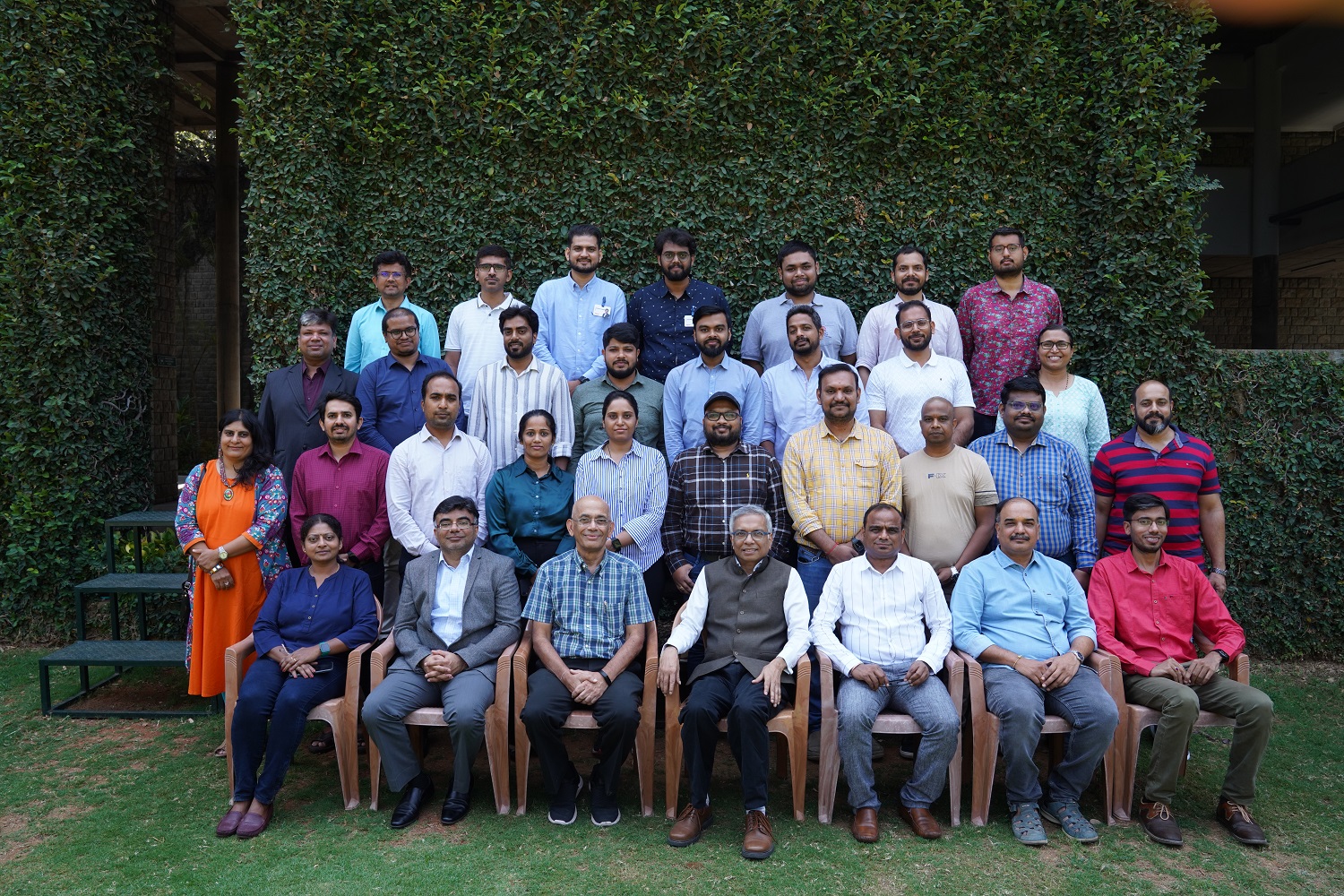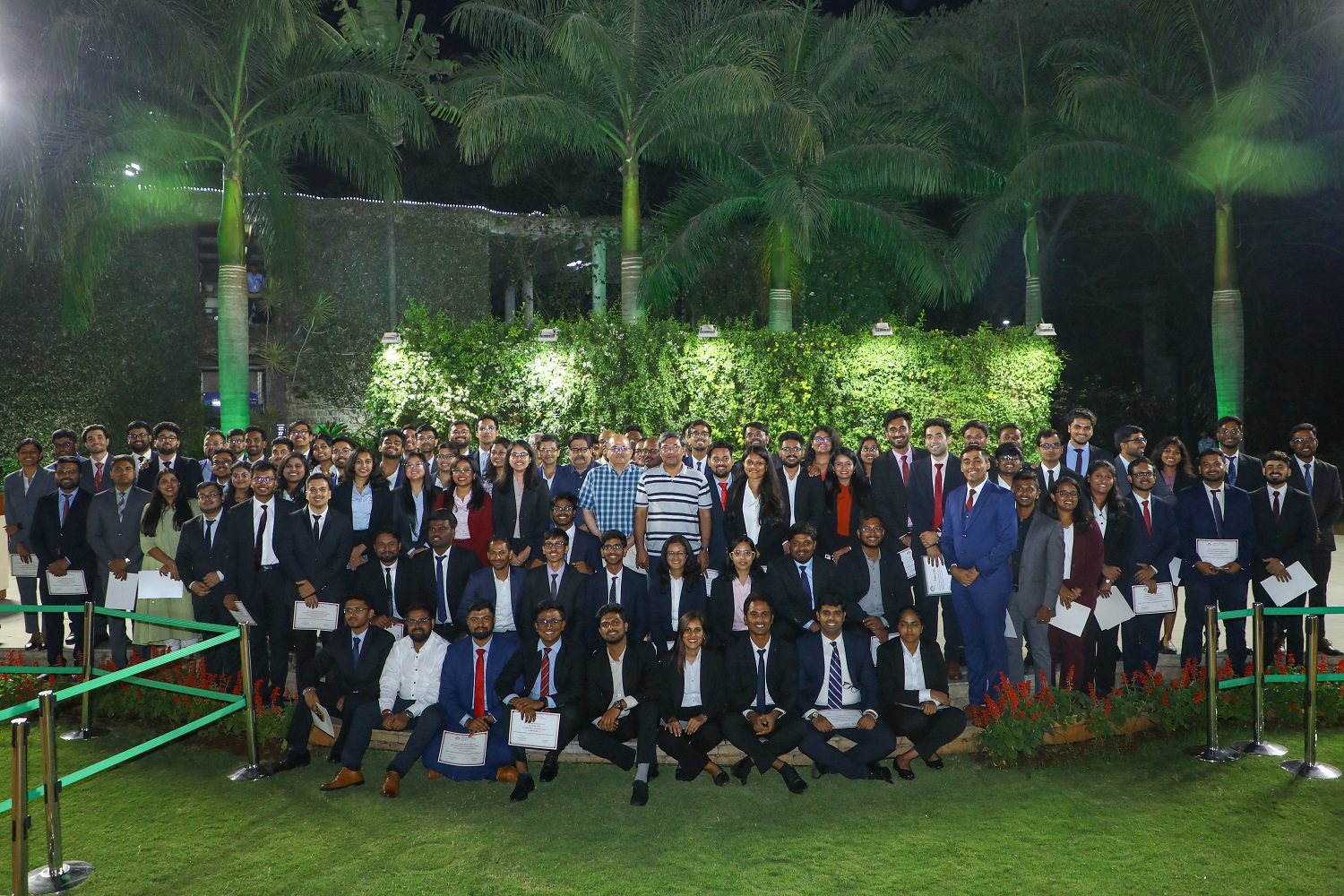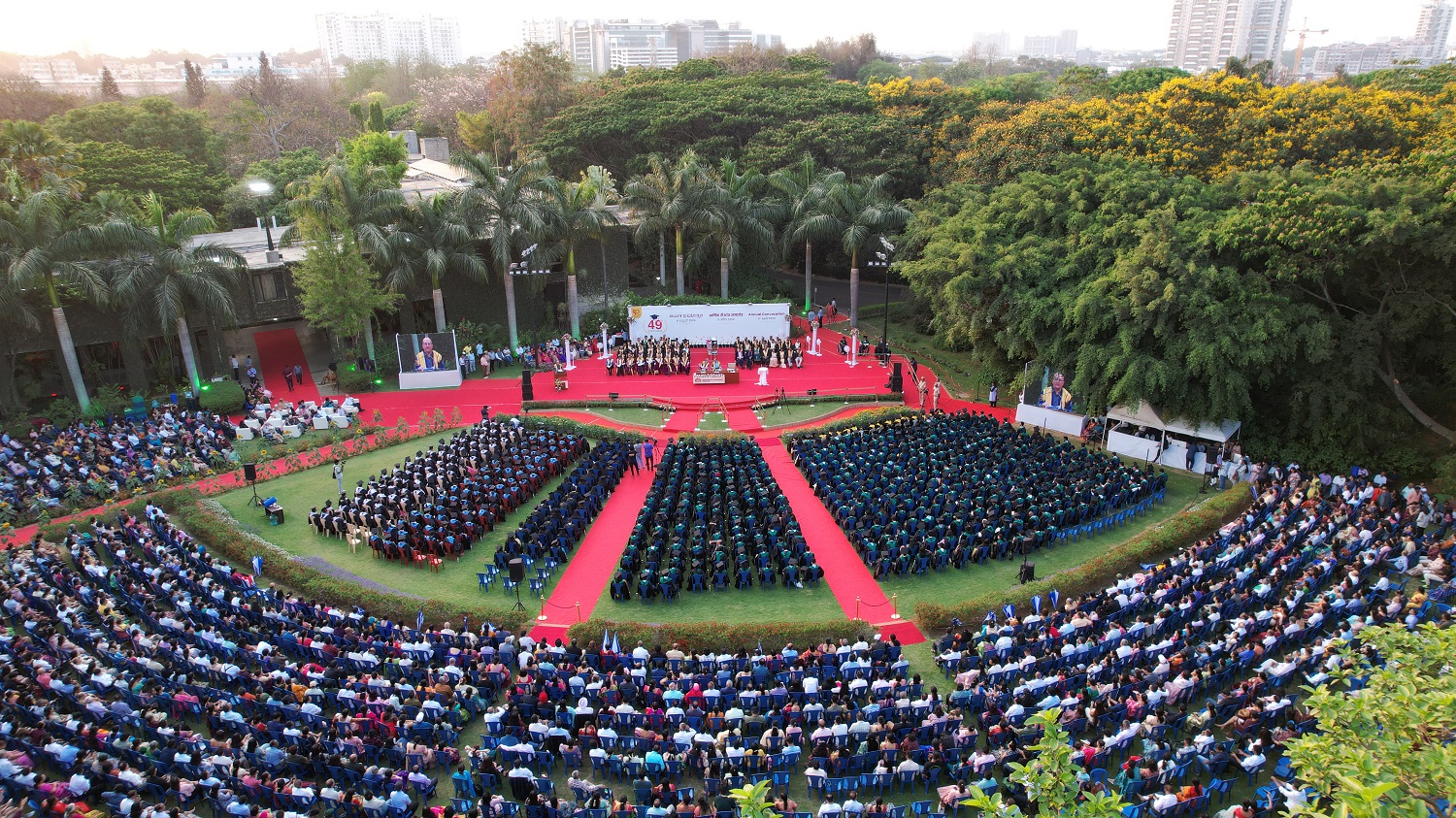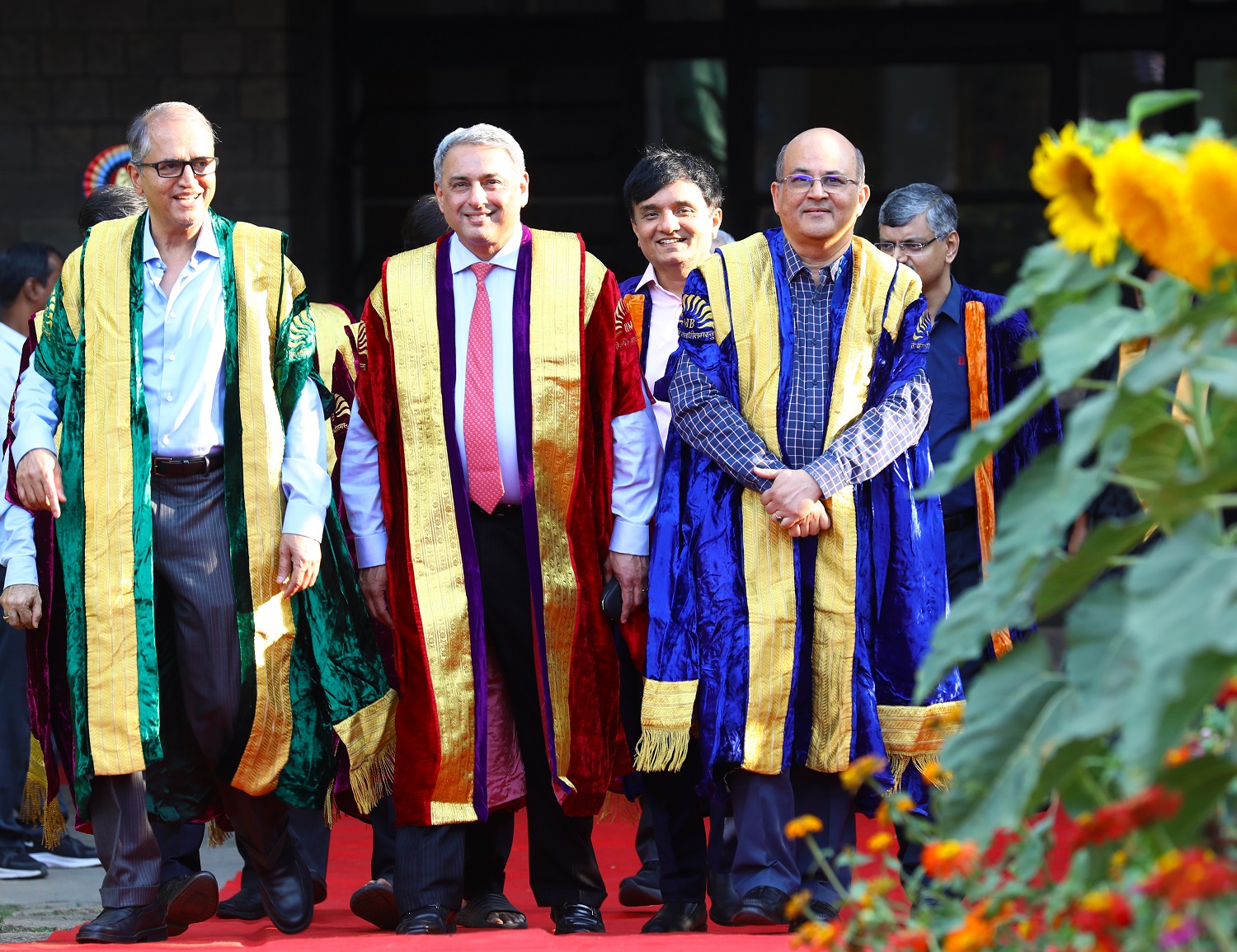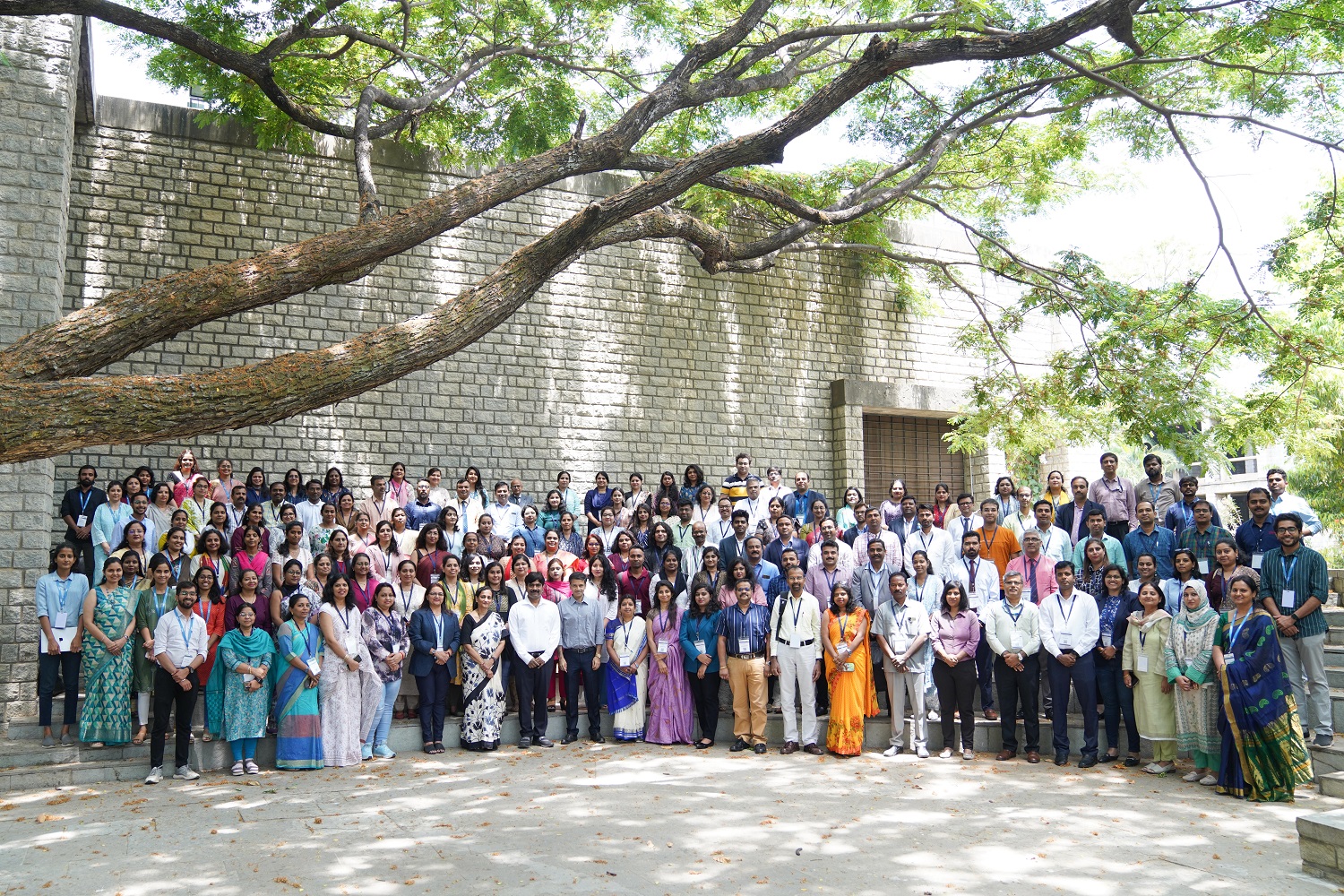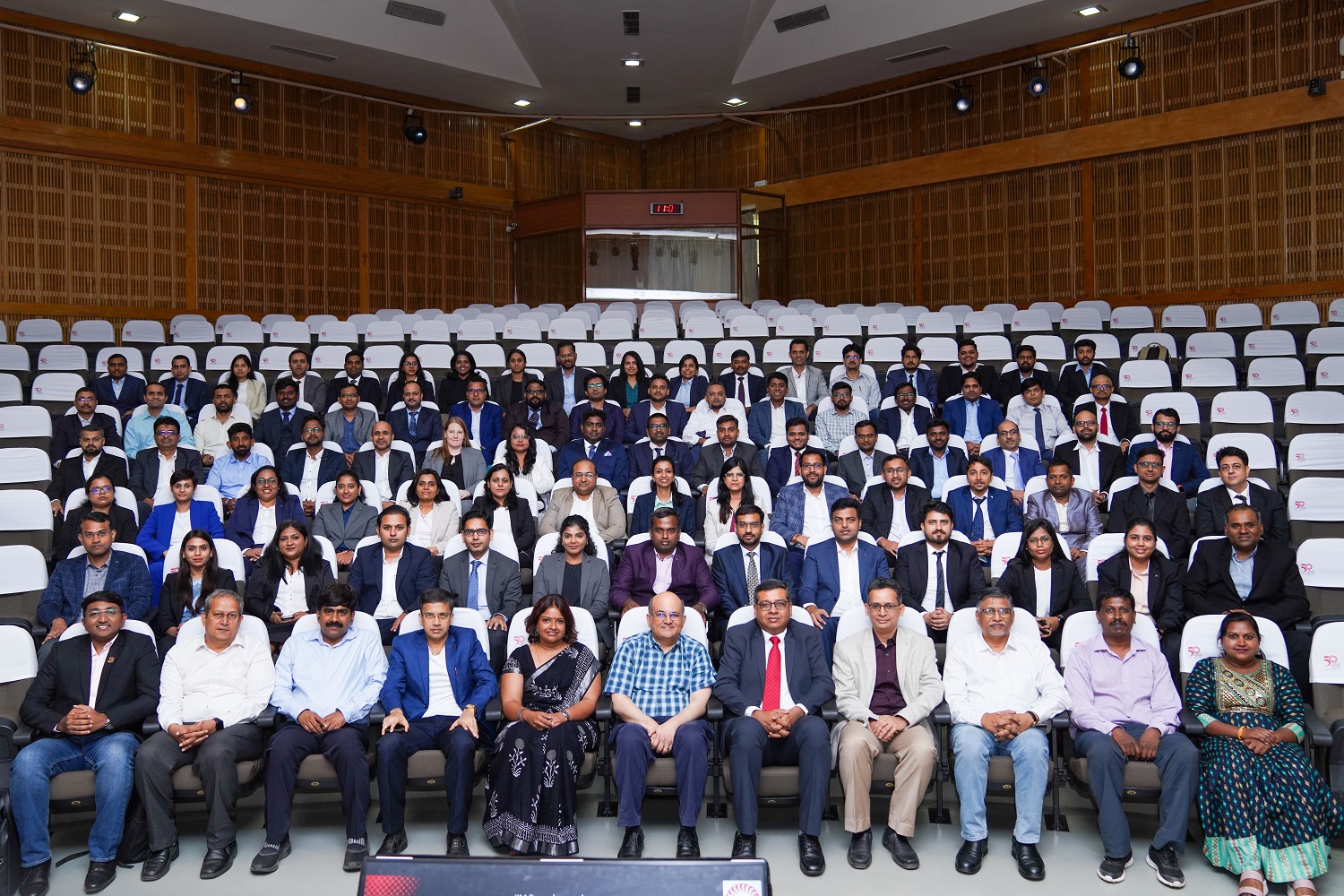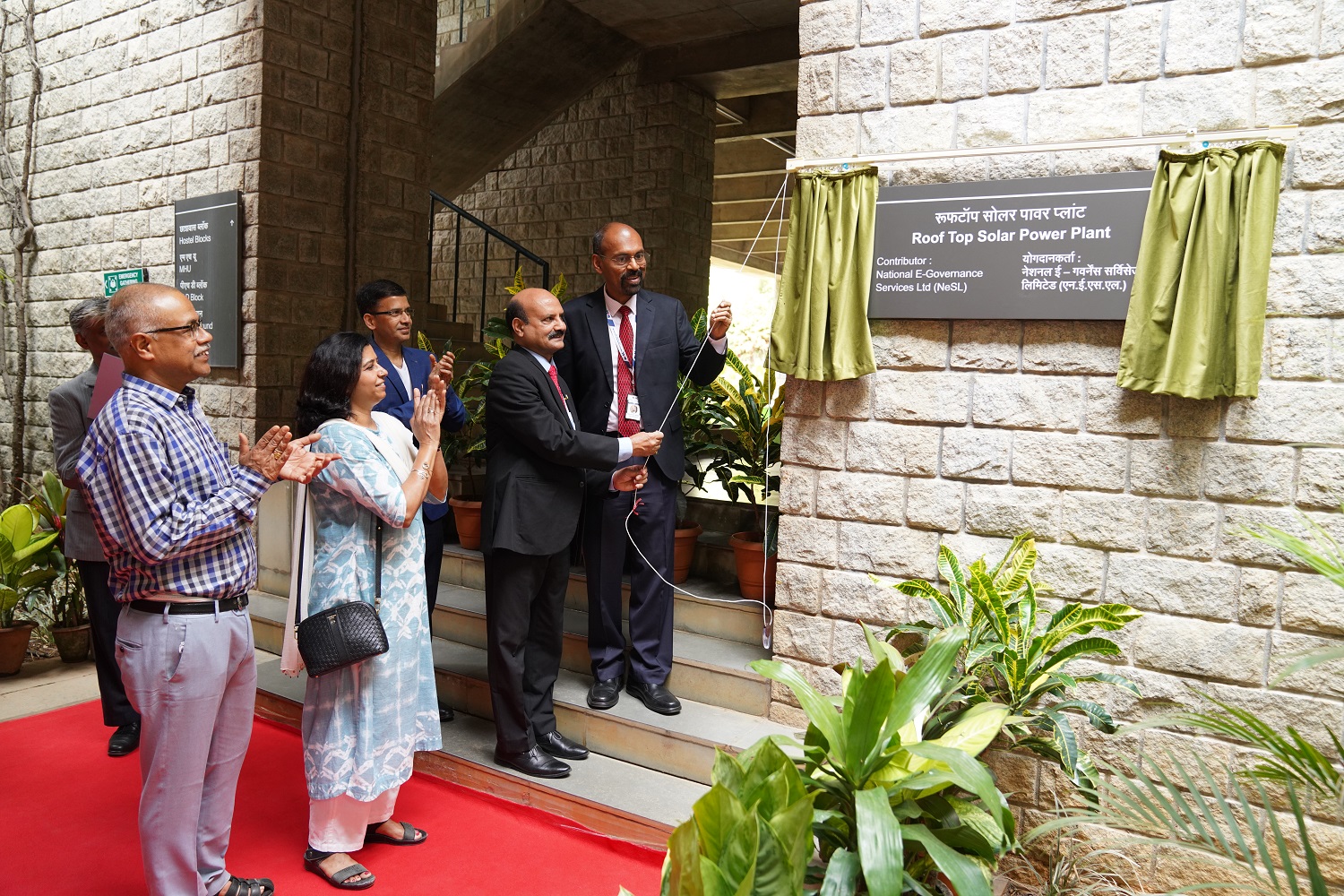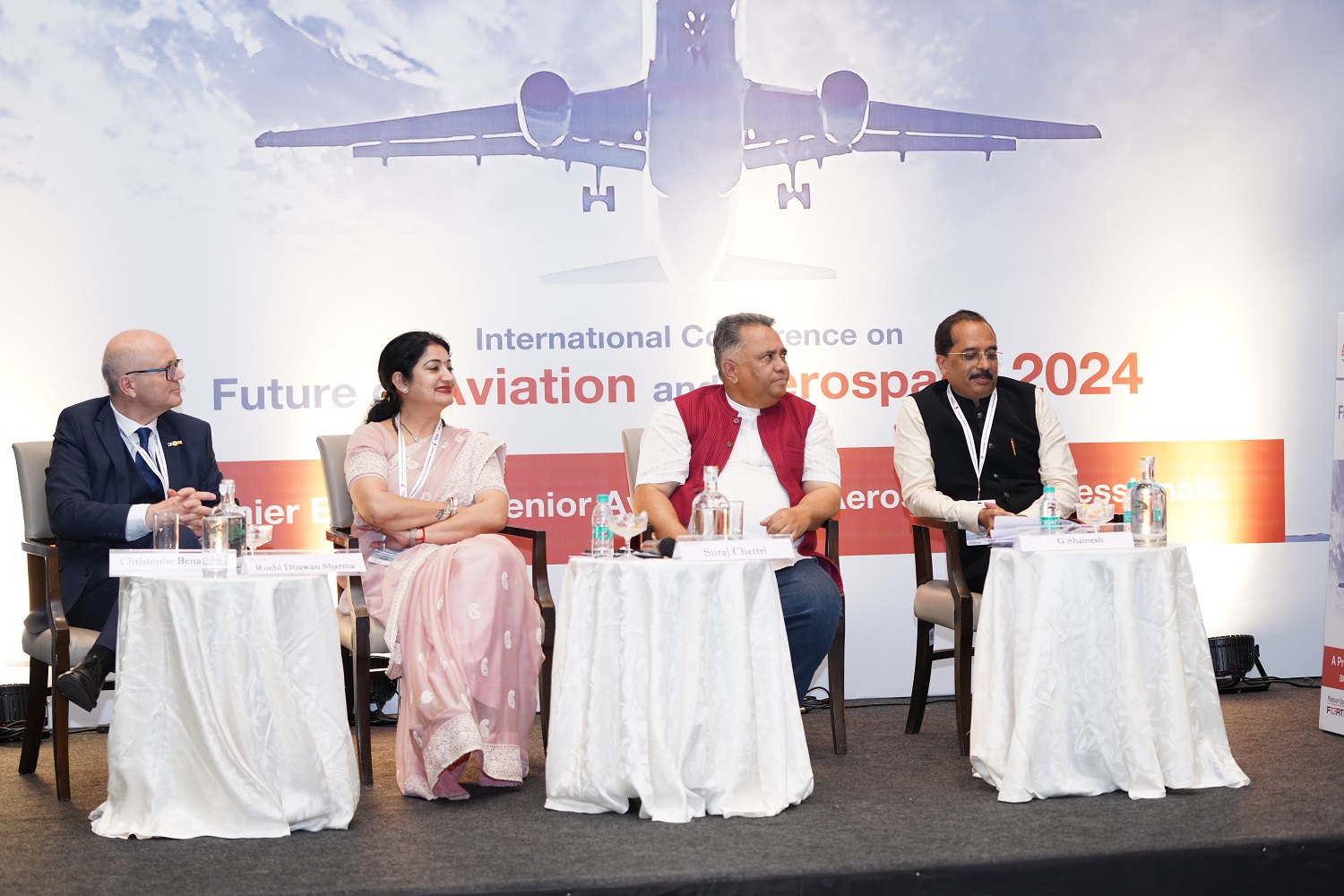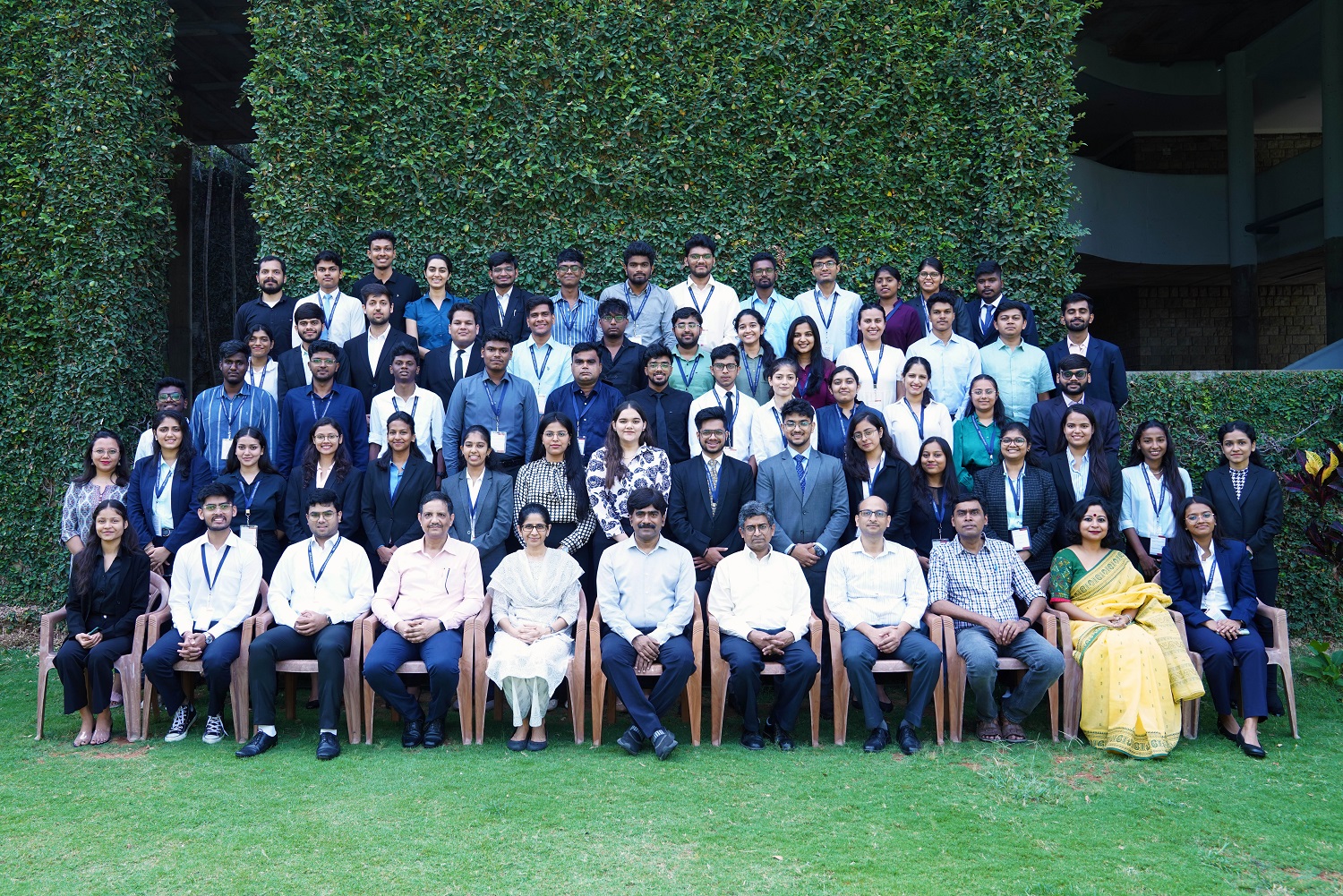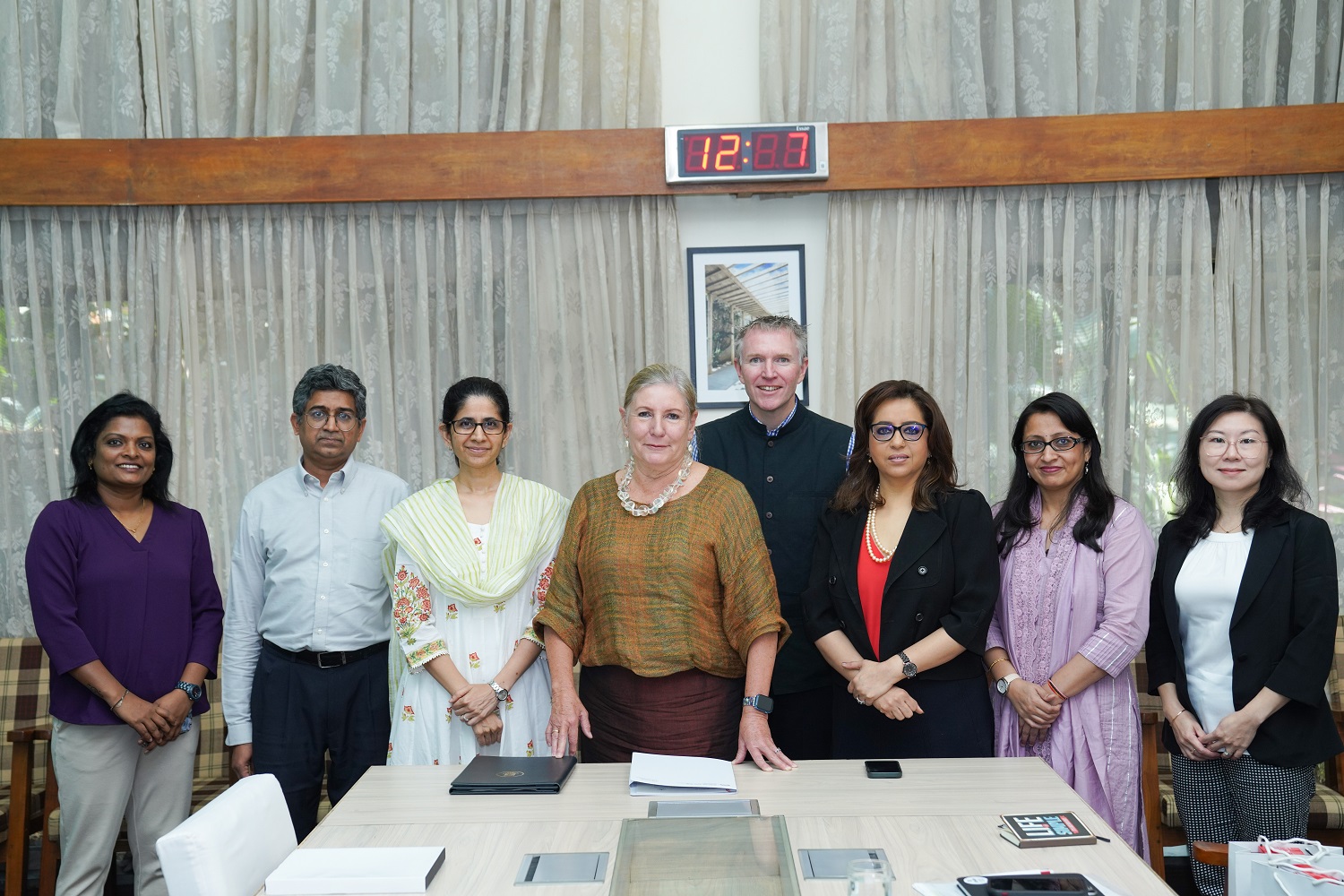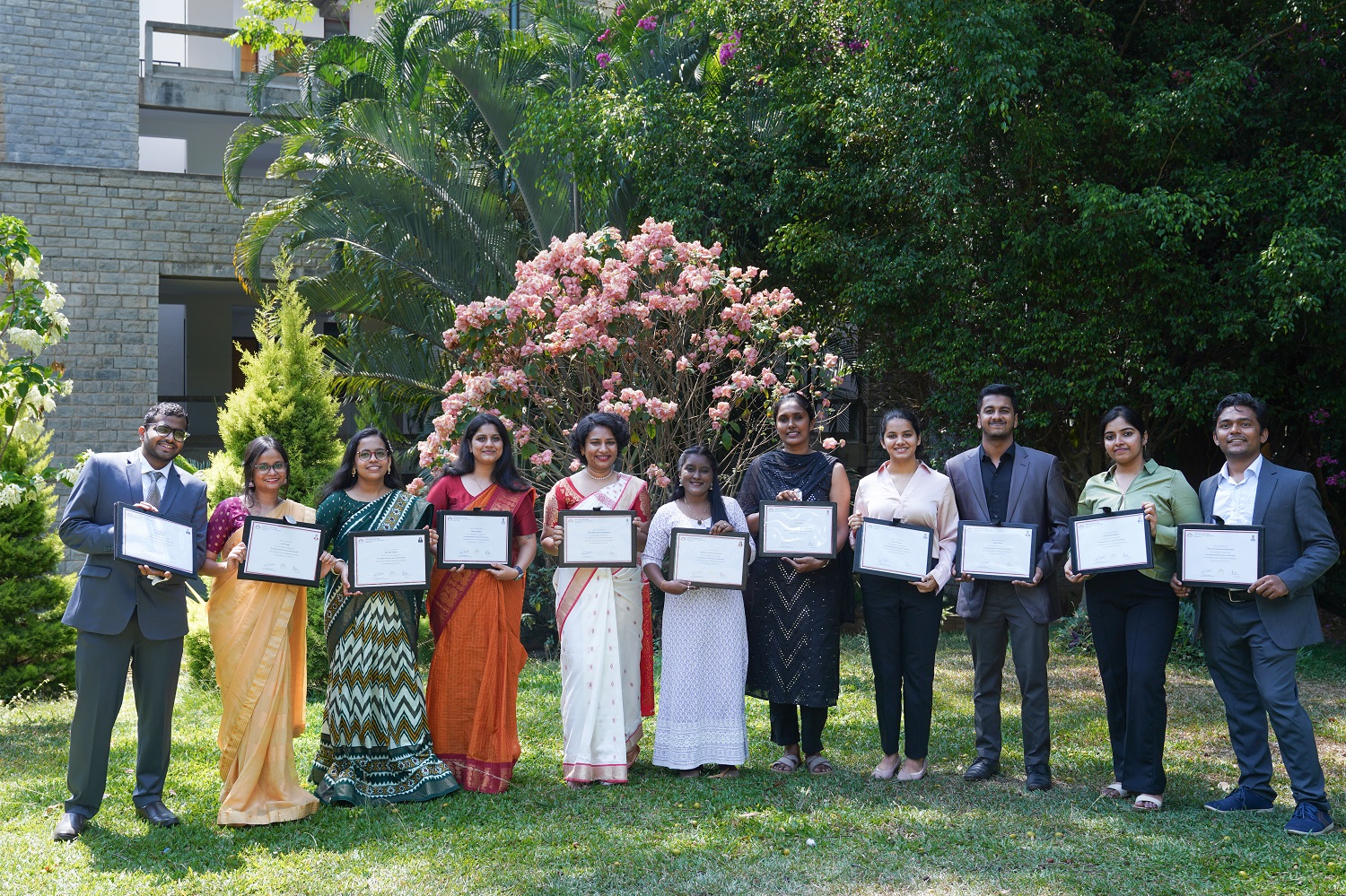Faculty Development Programme by IIMBx
On 12th April 2024, IIMBx, the digital wing of Indian Institute of Management Bangalore, organized a one-day on-campus workshop titled, ‘Advancing Teaching Excellence Online’, followed by a two-month hybrid Faculty Development Programme (FDP).
The programme featured IIMB faculty and other eminent speakers who shared their valuable insights on Massive Open Online Courses (MOOCs) and online learning. Around 130 participants attended the programme.
The FDP started with a session on, ‘Insights and Perspectives on Online Teaching’ led by Dr. U Dinesh Kumar, Dean, Faculty, Chairperson, Data Centre & Analytics Lab and faculty of the Decision Sciences area, Dr. Padmini Srinivasan, Chairperson, Executive Education Programmes and faculty of the Finance & Accounting area, and Dr. Sourav Mukherji, Dean, Alumni Relations & Development and faculty of the Organizational Behavior & Human Resources Management area, who shared their experiences in creating online courses.
This was followed by a session titled, ‘Where Pedagogy Meets Technology,’ which included insights from Prof. K Ganesh, a noted serial entrepreneur, and presentations from the IIMBx team on best practices for engaging and supporting online learners. The IIMBx team then discussed the differences between online and classroom teaching, demonstrated interactive tools, and introduced innovative assessment strategies aligned with learning goals.
In the afternoon sessions, the focus shifted towards digital learning strategies, with the IIMBx team introducing the ‘Digital Learning Playbook,’ an online MOOC that is aimed to enable participants to gain a deeper understanding and practical experience in creating online courses. The participants will continue their learning journey through the two-month IIMBx course, ‘MOOC on MOOC: The Digital Learning Playbook,’ coupled with ongoing support as they venture into online teaching.
Dr. Vasanthi Srinivasan, Chairperson, Digital Learning and faculty of the Organizational Behavior & Human Resources Management area, also delved into the complexities of managing online programmes. She apprised participants on administering online learning programmes and the details one should focus on, while designing and managing online learning programmes.
The workshop concluded with a session on: ‘Institutionalizing Teaching and Learning’ led by Dr. Sushanta Kumar Mishra, providing participants with insights on further engaging in MOOCs. Dr. Mishra is Chairperson, C-DOCTA; Chairperson, Research and Publications; Chairperson, Centre for Teaching and Learning; Chief Editor, IIMB Management Review and faculty of the Organizational Behavior & Human Resources Management area.
